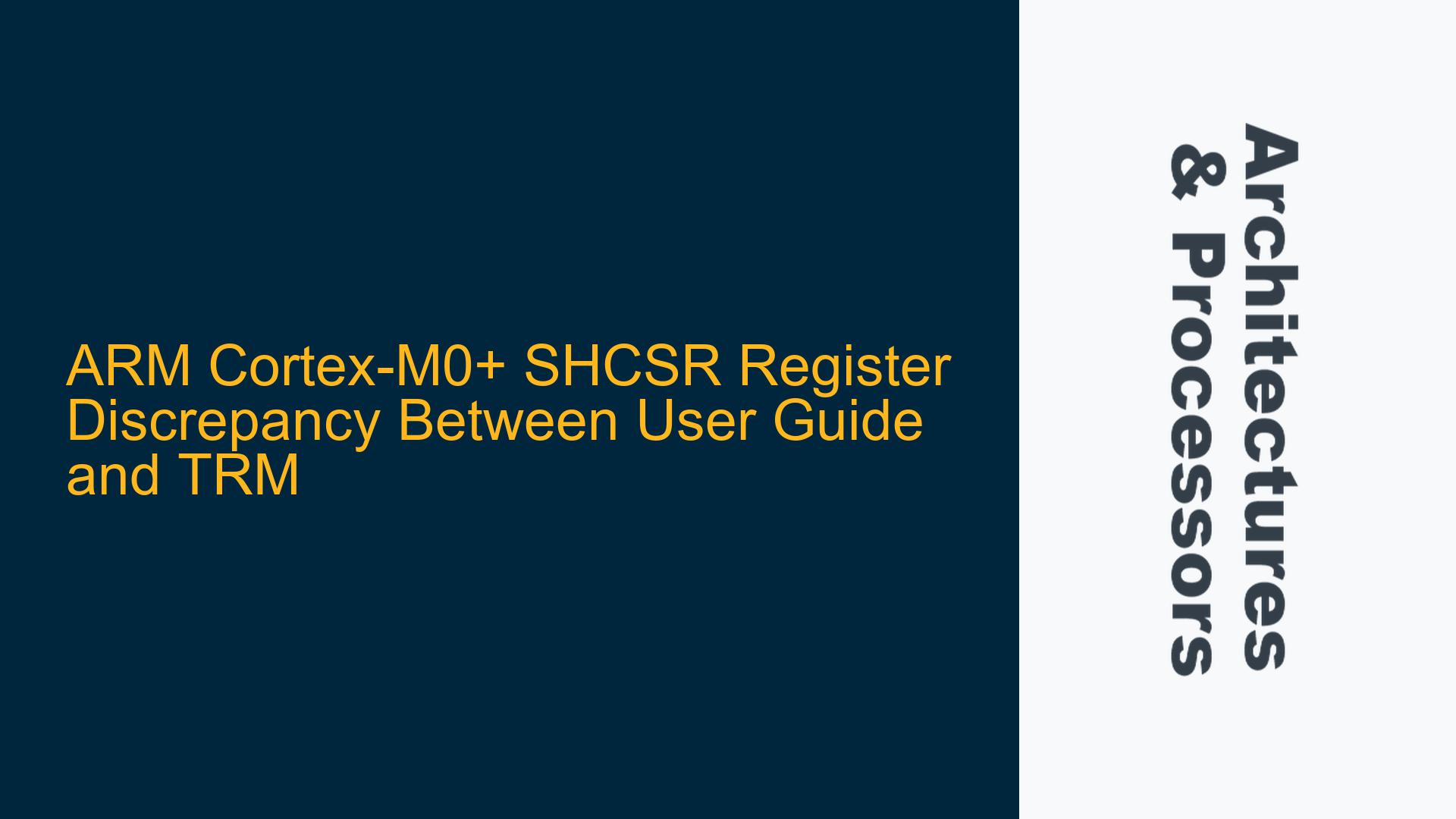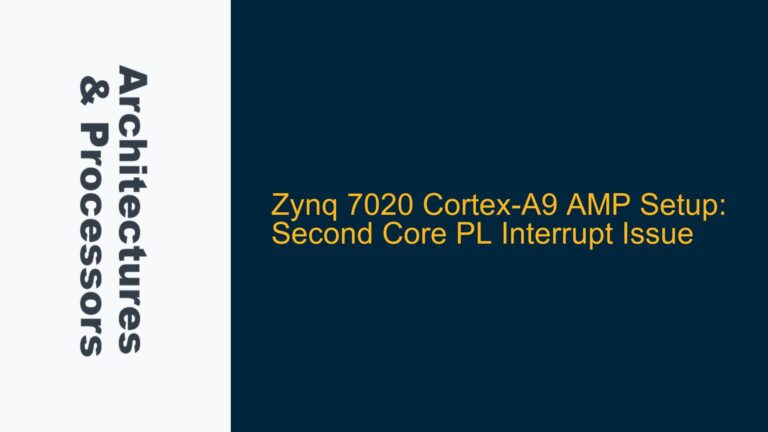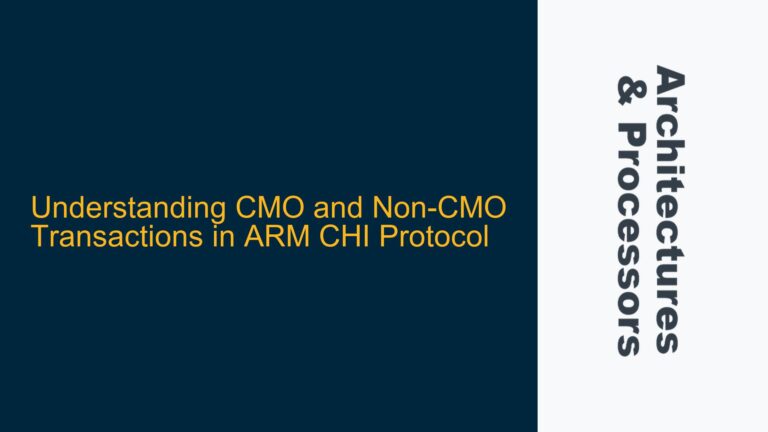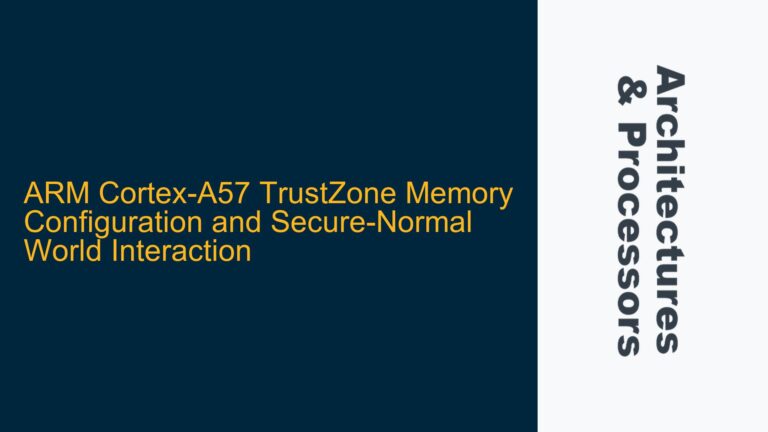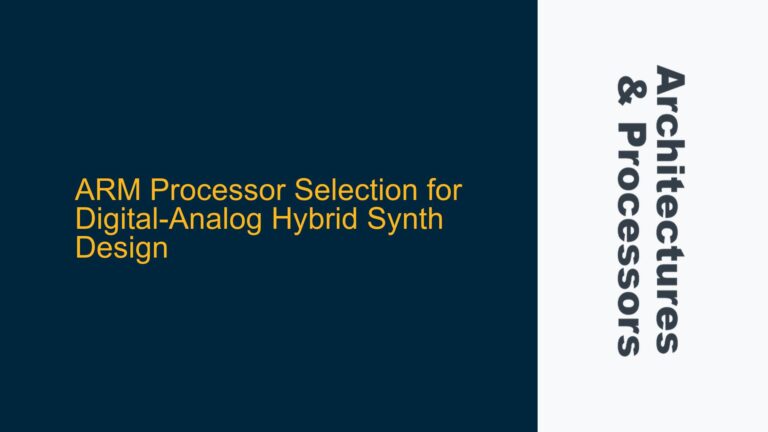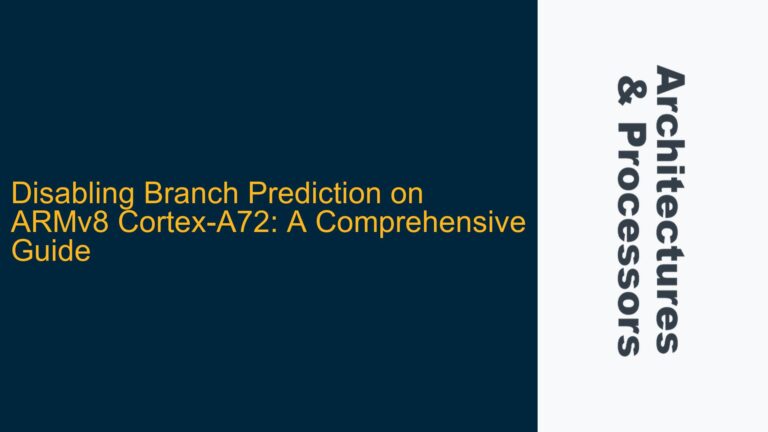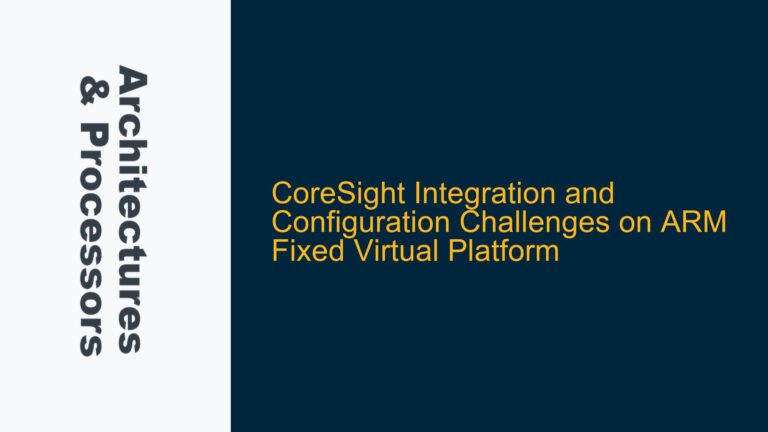ARM Cortex-M0+ System Handler Control and State Register (SHCSR) Mismatch
The ARM Cortex-M0+ processor, a member of the ARMv6-M architecture family, is widely used in embedded systems due to its low power consumption and efficient performance. However, a common point of confusion arises when developers encounter discrepancies between the Cortex-M0+ Generic User Guide and the Cortex-M0+ Technical Reference Manual (TRM). Specifically, the presence or absence of the System Handler Control and State Register (SHCSR) in these documents can lead to significant confusion during firmware development and debugging.
The SHCSR register is a critical component for managing system exceptions and interrupts in ARM Cortex-M processors. It allows developers to enable, disable, and monitor the status of system handlers such as the PendSV, SysTick, and fault handlers. In the Cortex-M0+ TRM, the SHCSR register is documented as part of the System Control Block (SCB). However, the Cortex-M0+ Generic User Guide does not mention this register, leading to ambiguity about its availability and functionality.
This discrepancy is particularly problematic when developers are working with microcontroller-specific startup files or debugging system exceptions. For instance, if the startup file provided by the microcontroller vendor includes references to the SHCSR register, but the Generic User Guide does not document it, developers may struggle to understand whether the register is supported or how to use it correctly. This issue is compounded by the fact that the ARMv6-M architecture manual states that the SHCSR register is optional and its presence depends on the implementation of the debug extension.
Optional Debug Extension and SHCSR Register Implementation
The root cause of the SHCSR register discrepancy lies in the optional nature of certain features in the ARMv6-M architecture. The ARMv6-M architecture, which underpins the Cortex-M0+ processor, allows for flexibility in implementation, enabling silicon vendors to include or exclude specific features based on their target applications. One such optional feature is the debug extension, which includes the SHCSR register.
The SHCSR register is part of the debug extension and is used to control and monitor system handlers. When the debug extension is implemented, the SHCSR register is available in the System Control Block (SCB). However, if the debug extension is not implemented, the SHCSR register is omitted, and its functionality is not available. This optional implementation is reflected in the Cortex-M0+ TRM, which documents the SHCSR register as part of the SCB when the debug extension is present.
In contrast, the Cortex-M0+ Generic User Guide is intended to provide a high-level overview of the processor’s features and is not as detailed as the TRM. As a result, the Generic User Guide does not explicitly mention the SHCSR register, especially if the debug extension is not implemented. This omission can lead to confusion, as developers may assume that the SHCSR register is always available, only to find that it is missing in their specific implementation.
The optional nature of the SHCSR register also has implications for firmware development. Developers must be aware of whether their specific Cortex-M0+ implementation includes the debug extension and, consequently, the SHCSR register. This awareness is crucial when writing exception handlers, configuring system interrupts, or debugging system behavior. Without this knowledge, developers may encounter unexpected behavior or errors when attempting to access the SHCSR register.
Verifying Debug Extension and Implementing Workarounds
To address the SHCSR register discrepancy, developers must first verify whether their Cortex-M0+ implementation includes the debug extension. This verification can be done by examining the microcontroller’s datasheet or reference manual, which should specify whether the debug extension is implemented. If the debug extension is present, the SHCSR register will be available, and developers can refer to the Cortex-M0+ TRM for detailed information on its usage.
If the debug extension is not implemented, developers must adapt their firmware to work without the SHCSR register. This adaptation may involve using alternative methods to manage system exceptions and interrupts. For example, instead of using the SHCSR register to enable or disable specific system handlers, developers may need to rely on other registers or mechanisms provided by the microcontroller. In some cases, this may require modifying the startup file or exception handling code to remove references to the SHCSR register.
Additionally, developers should be aware of the implications of the SHCSR register’s absence on debugging and system behavior. Without the SHCSR register, certain debugging features may not be available, and the system may behave differently when handling exceptions. Developers should thoroughly test their firmware to ensure that it functions correctly in the absence of the SHCSR register and that all system exceptions are handled appropriately.
In cases where the SHCSR register is required but not available, developers may need to consider alternative solutions, such as using a different microcontroller that includes the debug extension or implementing custom exception handling mechanisms. While these solutions may involve additional effort, they can provide the necessary functionality to meet the requirements of the application.
In conclusion, the discrepancy between the Cortex-M0+ Generic User Guide and the Cortex-M0+ TRM regarding the SHCSR register highlights the importance of understanding the optional features of the ARMv6-M architecture. By verifying the presence of the debug extension and adapting firmware accordingly, developers can avoid confusion and ensure reliable system operation. This approach not only addresses the immediate issue but also reinforces the need for thorough documentation review and careful consideration of implementation details in embedded systems development.
